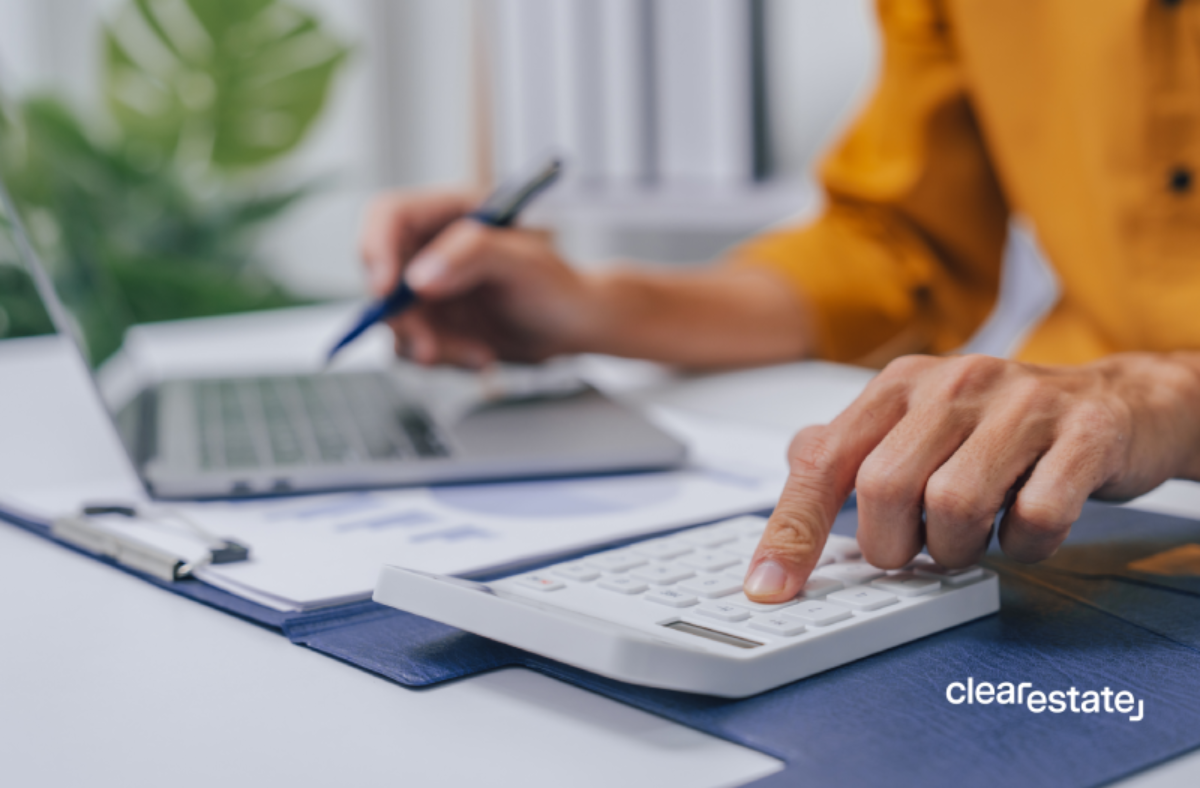Estate Settlement
Dec 04, 2024
How Do Executors Mail Inheritance Checks?
Find out how inheritance checks are mailed, including security measures and what to do if there are delays in receiving them.
Discover the essential steps to valuing estate assets for probate in Ontario, including determining fair market value and navigating tax implications.


When determining estate asset values for probate, the first step is to identify and compile an inventory of the assets owned by the deceased.
This process may require going through financial statements, personal documents, contacting financial advisors, and any other relevant records that can provide insight into the deceased's financial situation.
It is crucial to be thorough and meticulous during this phase, as missing any assets can lead to an inaccurate value of the estate which can land the estate trustee in some hot water with the court, or even the CRA.
Some common types of assets to consider include:
Once the estate assets have been inventoried, it is essential to differentiate between probate and non-probate assets.
Probate assets are those that will be distributed according to the deceased's will or the intestacy laws if there is no will.
Common probate assets are:
Non-probate assets, on the other hand, bypass the probate process and are directly transferred to the designated beneficiaries. Some examples of non-probate assets include:
After differentiating between probate and non-probate assets, it is helpful to organize and categorize the assets to facilitate the valuation process. Grouping similar assets together can make it easier to determine the appropriate valuation method for each category. For instance, you may choose to categorize assets into the following groups:
By organizing and categorizing the assets, you can streamline the valuation process and ensure that each asset is accurately valued according to its unique characteristics. This will help create a solid foundation for the remainder of the probate process.
Assessing Value at Death
Generally, the value of an asset must be established as of the date of the decedent's passing. This Value at Death is crucial for calculating estate taxes and determining tax obligations when an asset is eventually sold, either by the estate or the heirs.
Adjusted Cost Base (ACB) Considerations
Additionally, the adjusted cost base (ACB) of any capital asset must be determined. This is the amount the decedent initially paid to acquire the asset, which is necessary for calculating deemed proceeds on the decedent's final tax return.
While you can refer to the ACB section for essential valuation rules, in general, the decedent's records might reveal the asset's ACB. If the original acquisition date is known, you can potentially use the valuation resources listed below to determine the initial acquisition cost. Keep in mind that the original ACB of a registered retirement account is considered $0.
As deemed proceeds for personal use items, such as motor vehicles or furniture, cannot be negative, researching their original purchase prices is unnecessary, unless their value has significantly increased – a rarity for personal use items that typically depreciate as they are used. Thus, the ACB of such an asset can effectively be considered its current value, with the deemed proceeds being $0.
Evaluating Value at Disposition
Lastly, the asset value must be determined at the time of sale or distribution, as estates often take months or even years to settle, and asset values can change, sometimes drastically, during this period.
Value at Disposition is employed to calculate estate income taxes if the asset was sold and to properly allocate assets to heirs based on estate value percentage targets if the asset is distributed instead.
Fair Market Value (FMV) is the price at which an asset would change hands between a willing buyer and a willing seller, having reasonable knowledge of the relevant facts and neither being under any compulsion to buy or sell. In the context of probate and deemed disposition of assets, determining the FMV of each asset is crucial for accurate tax reporting and proper distribution of the estate.
For example, imagine a deceased individual owned a classic car. If the FMV of the car is not accurately determined, it could lead to either an overpayment or underpayment of taxes, and the beneficiaries may not receive their fair share of the estate or the executor may be on the hook for the underpayment of estate taxes.
One common method to determine FMV is by obtaining an independent appraisal. An appraiser is a professional who specializes in estimating the value of various types of assets. For instance, if the deceased owned a rare painting, an art appraiser would be consulted to determine its FMV.
Another method to determine FMV is by using comparable sales data. This approach is commonly used for real estate and involves comparing the asset with similar assets that have recently been sold in the same area. For example, to determine the FMV of a house, one would look at the selling prices of similar homes in the neighborhood that were sold recently.
For certain types of assets, such as business interests or complex investments, it might be necessary to consult professionals with expertise in those specific areas. These professionals can provide a valuation report that takes into account the unique factors that affect the FMV of the asset.
When dealing with jointly-owned assets in the context of probate, it's important to determine the appropriate value of the deceased's share. This can be challenging, as the value may be affected by factors such as the relationship between the co-owners, the type of joint ownership, and any agreements in place between the parties. To accurately value the deceased's share in jointly-owned assets:
Review the ownership structure (e.g., joint tenancy, tenancy in common) to understand the rights and responsibilities of each owner.
Obtain an appraisal or professional valuation for the entire asset.
Calculate the deceased's share based on the ownership percentage or any pre-existing agreements.
Consider any potential discounts for lack of control or marketability that may apply to the deceased's share.
Sentimental assets, such as family heirlooms, jewelry, and personal belongings, may hold significant emotional value for the deceased's loved ones. Valuing these assets can be subjective and challenging. Some steps to take when valuing sentimental assets include:
Assessing the fair market value based on the item's condition, age, and any similar items sold in the market.
Consulting with family members and beneficiaries to gauge the perceived emotional value and any potential disputes.
Seeking professional advice from an appraiser or specialist, especially for unique or rare items.
Assets with fluctuating value, such as collectibles and artwork, can be particularly difficult to value due to market volatility and varying demand. To accurately determine the value of these assets:
Research recent sales of comparable items to gauge current market conditions.
Obtain a professional appraisal from a qualified expert who specializes in the specific type of asset.
Account for any unique features, rarity, or provenance that may impact the asset's value.
Monitor market trends and be prepared to update the valuation if significant changes occur before the probate process is completed.
By carefully considering the unique nature of these assets and engaging appropriate professionals, you can help ensure that the asset values used in the probate process are accurate and fair.
Accurately determining asset value in Ontario is a crucial aspect of managing the probate process effectively. By following the guidelines outlined above and understanding the nuances of asset valuation, you can navigate this often complex and time-consuming process with greater confidence.
However, seeking professional assistance can further streamline the asset inventory and valuation tasks, ensuring a more efficient probate experience. Don't hesitate to book a free consultation with our team of experts today, and let us help you achieve a seamless asset inventory and valuation process tailored to your unique needs.
 Simplify Probate Today
Simplify Probate Today
Get expert guidance from our probate specialists who've helped 10,000+ families.
Book a free consultation today